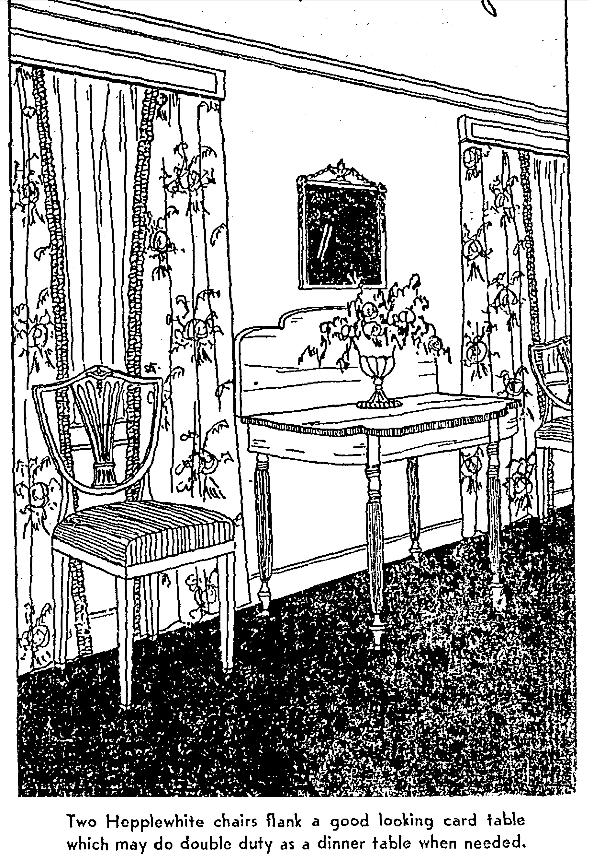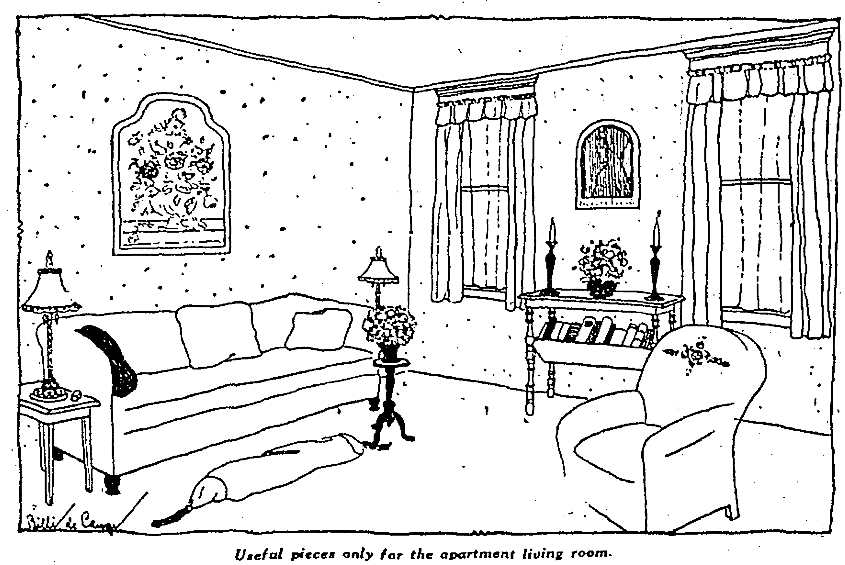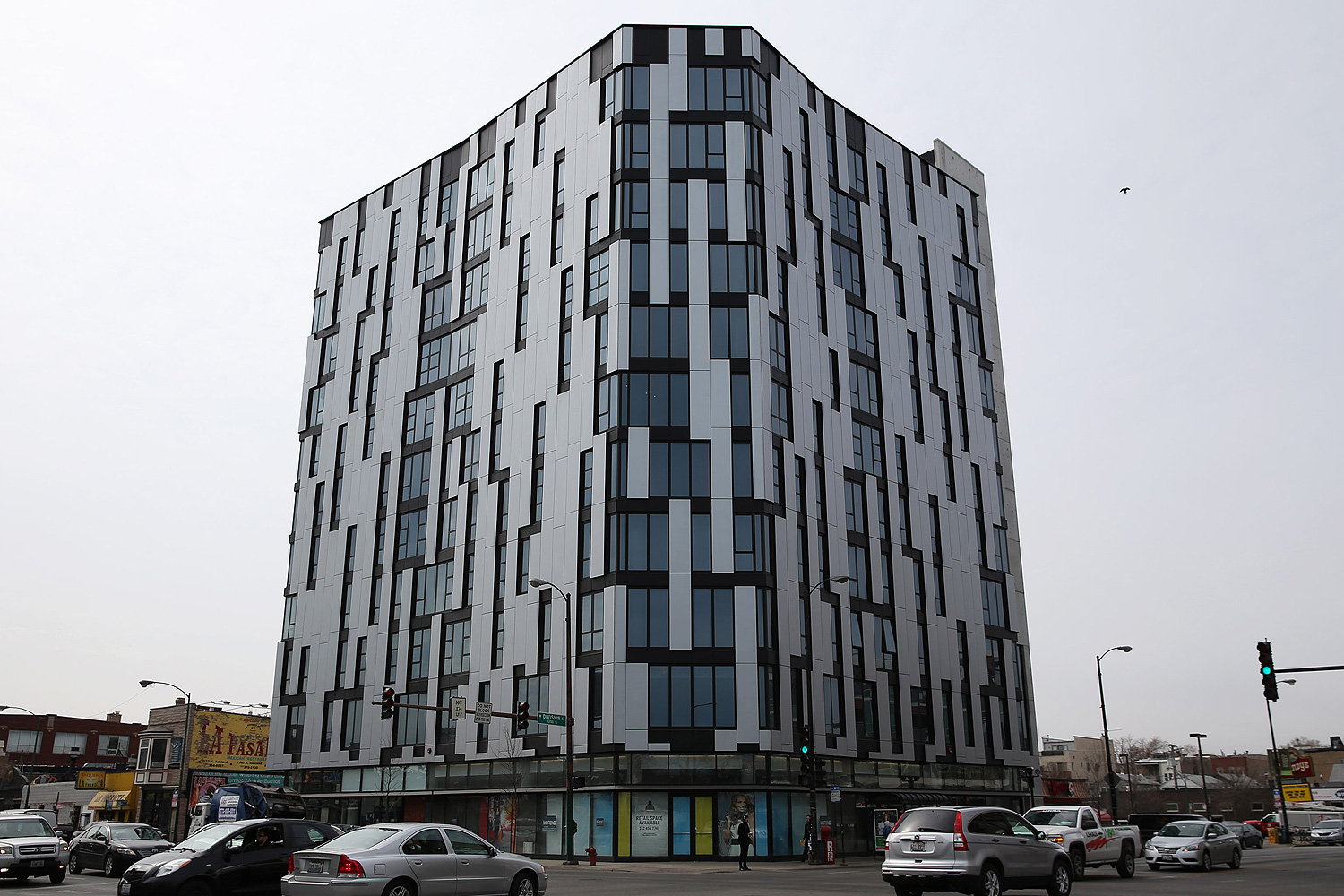On Wednesday I wrote about how Minneapolis and its surrounding municipalities are pushing transit-oriented development, something that's a big story in Lake View and Logan Square these days. Conveniently, I then came across recent research from the Furman Center that underlines why cities are trying to pave the way for more TOD:
Between 1965 and 2000, there was a consistent net migration of single, college-educated individuals between the ages of 25 to 39 into major metropolitan areas of over one million individuals. While single individuals were more likely to move into the principal city, a larger share of young, college-educated married couples moved to areas outside of principal cities. The metro areas in which the population of young, college-educated adults grew were often areas marked by out-migration among the total population. A recent article in Planning: The Magazine of the American Planning Association described the movement to cities of young individuals who are delaying marriage and have modest incomes as “a sociological trifecta.”
In the cities they looked at, 33 percent (New York) to 45 percent (Washington, D.C.) of all households were single-person households: no kid, no spouse, no roommate. In Chicago it's 37 percent, including 42 percent of renters.
No kids, no spouse, no roommates—and no car
That article the Furman authors cite is titled "Rooming House Redux." And that's basically on-point. The original intent behind many of Chicago's SROs, which are often associated with the transient and the marginal, was to house young white-collar professionals with little need to nest. The same type of person developers are trying to target today:
Jim Potter, a developer in Seattle, has built several new buildings specifically for people in their 20s. As he points out, their lifestyle is radically different from that of other households: They spend time at coffee bars, in clubs, in parks and plazas, and at jobs (often long hours). They are basically looking for a safe place to sleep that has a private bath and is located reasonably close to all the other places they go.
Which, in turn, means close to transit, allowing them to minimize or ditch the other big investment of post-college life: a car. The authors further note that only half of 17-year-olds have driver's licenses, down from 75 percent 35 years ago; mileage driven by those between 21 and 30 has declined 7.7 percent over the past 15 years. There's a market for the carless that's likely to grow. Demographers have known it for a long time, and developers are trying to make money off it.
So where do those carless Chicagoans live, and how many of them are there? A lot, it turns out. If you break down Chicago by cars and household size using 2012 census numbers, these are the only groups of more than 100,000:
| One person, one vehicle | 193,174 |
|---|---|
| One person, no vehicle | 168,004 |
| Two people, one vehicle | 135,143 |
And "one person, no vehicle" is up from 150,199 in 2010. The other two categories barely budged. Here's where Chicago's carless households, of all sizes, live.
Along the northern lakefront, around half the households don't have a car; there are pockets in the Near North Side and Lake View over 60 percent. In one Edgewater tract, it's over 70 percent. It's not the highest percentage, though—there are two tracts in one of the poorest stretches of the South Side, between U.S. Cellular Field and 47th Street along the Dan Ryan, above 80 percent.
As you move north and west and the city gets less dense, the percentage of carless households drops off. There's an exception, though: one tract in Logan Square, adjacent to the California Blue Line stop, where 41 percent of households don't own a car. The “twin towers” transit-oriented development that's going up at 2293 N. Milwaukee, and causing controversy as it goes, will live right next to that tract.
We’ve been here before
It's an old pattern, resembling the development of the city in the early 20th century as its population of white-collar transplants swelled. During that period, the Tribune had something like a proto-Apartment Therapy, written by well-regarded wallpaper designer Anita De Campi and early DIY-er WillElla de Campi, advising young professionals of reasonable means on how to set up a studio apartment. In October 1932 she illustrated such a setup in the article "One Room Apartment for the Business Woman Is Charming."

These were not designs for the transient: "English furniture, particularly that of the Sheraton and Hepplewhite schools, Louis XVI, and Directoire styles are especially suitable. Early American furniture, too, in its finest forms, and modified French provincial pieces may be admirably employed. These styles are frequently selected by women who prefer a cottage-like hominess rather than a formal atmosphere."
A 1928 column by de Campi on the same subject could have been written today, save for the mildly stiff prose:
Many business women nowadays find it convenient and pleasant to live in a one room apartment… Keeping office hours, engagements for lectures, interviews, etc. Still they almost invariably want some little place they can call their own in which they may find a peaceful, harmonious atmosphere, where they may informally entertain their more intimate friends. Though they are obliged by circumstances to live compactly, they want a home, however small, distinct from a hotel room or “furnished apartment.”
De Campi sketched a small apartment for a January 1925 "Home Harmonious" column:

"Many young people nowadays commence their housekeeping experiences in two or three room apartments," Anita de Campi wrote. "Realizing their limited number of rooms will not afford them much in the way of variety, they make the most of those rooms, arranging them so attractively that they do not become wearisome or monotonous.” Again, it was pitched at the young, hip, city dweller: "Completing the room's furnishings is a brown mahogany console phonograph in William and Mary style. This has a cover of old gold damask matching that on the desk. On it are placed a jade green enameled box and a decorative Venetian glass vase."
Almost a century later, another wave of young people is trying to make a home, small though it may be, in the city. The language is different, expressed in the technocratic language of planners, but at heart the desires are the same.



